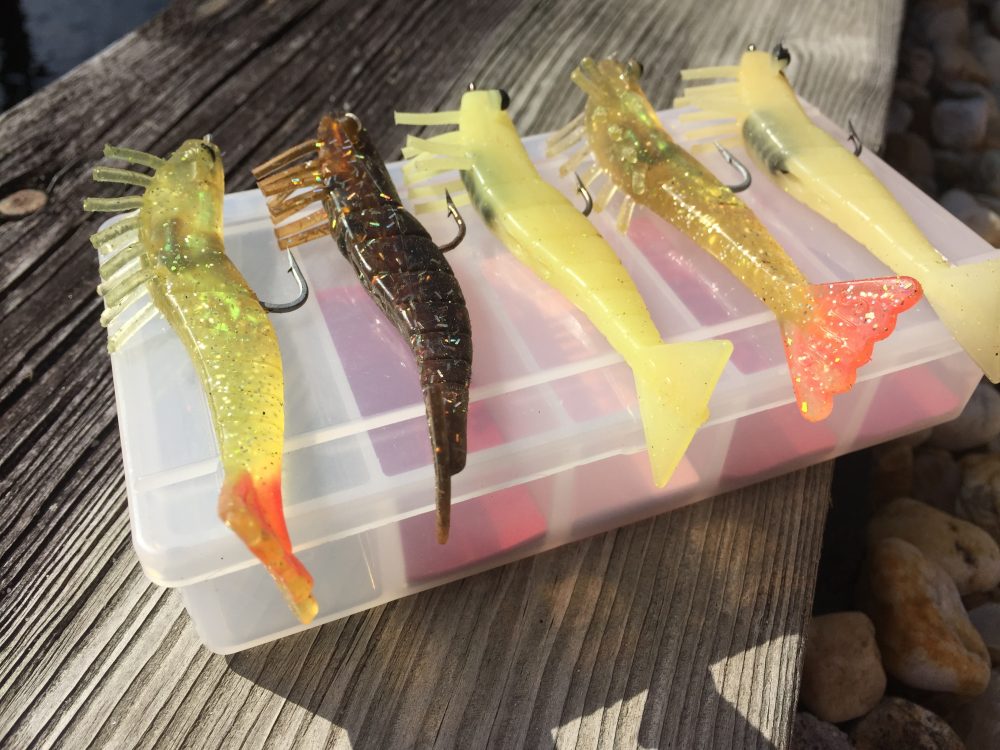Fishing resources and tips for the empowered female angler.
3 Steps To Saltwater Success With Artificial Shrimp
November 27, 2018

If you’re not quite convinced about making the switch from live shrimp to artificial shrimp, I’m challenging you to leave the live bait behind for just one day. Pick up a few artificial shrimp from your local tackle shop instead. You might not want to switch back once you do.
One big advantage is that you won’t have to worry about bringing along a bait bucket or constantly checking your bait in the livewell to make sure it’s still kicking. Another advantage is that you won’t have to re-rig as often, so you’ll have your line in the water for longer periods of time.
One of the best ways to entice a spotted seatrout or redfish into eating is by presenting an artificial lure that mimics a primary food source. Some of the latest versions of artificial shrimp can work just as well as the real deal. Artificial shrimp can work really well, particularly during the winter months, when fish are feasting on shrimp and crabs more so than baitfish.
Start by using a medium to medium heavy rod with a fast-action tip and 10 to 15-pound braided line paired with 20 to 30-pound fluorocarbon leader. Then, tie on a 3-inch soft plastic shrimp using a loop knot so that your bait retains as much motion as possible as it moves through the water.
Steps To Artificial Shrimp Success
Learning how to fish with an artificial shrimp is simple, just follow these easy steps to bring on the strikes:
- Make a cast and let your line drop.
- Once your artificial shrimp reaches the bottom, reel up any slack and slowly drag the lure along bottom areas near potholes or grass flats. If you are fishing grass flats, remember to hold your rod tip up so that your shrimp can float across the top of the seagrass.
- After moving the shrimp about 12-inches or so, just give your rod a slight twitch in order to mimic the flicking motion of a live shrimp. If you aren’t getting any hits, try slowing down your retrieve.
You can also rig an artificial shrimp beneath a popping cork. All you have to do is attach the popping cork at the proper height on your line given the water depth so that it puts your artificial shrimp in the “strike zone” of the water column.
Now that you know which techniques to use for redfish or spotted seatrout using an artificial shrimp, take a minute to brush up on proper catch and release practices before heading out on the water.